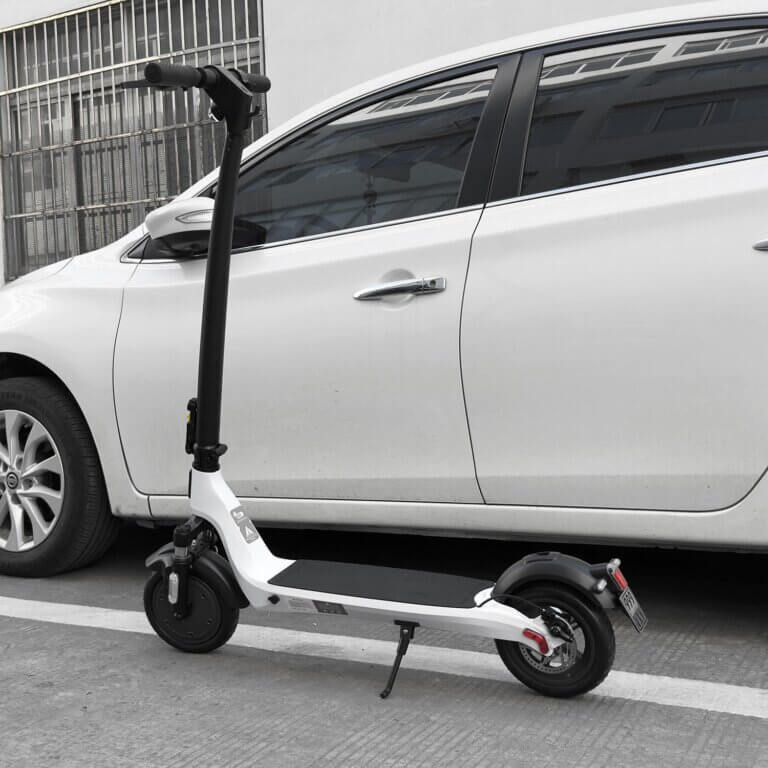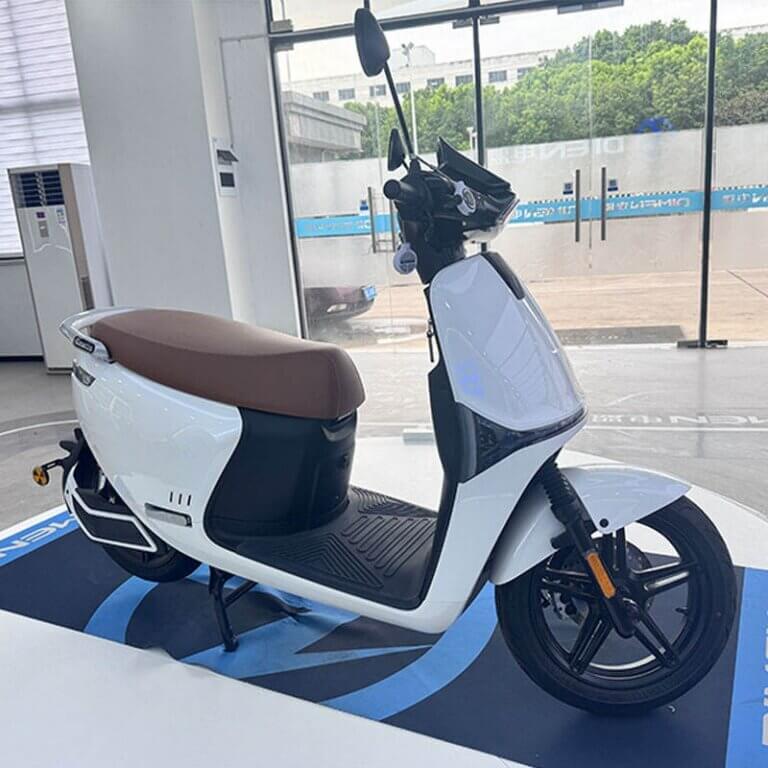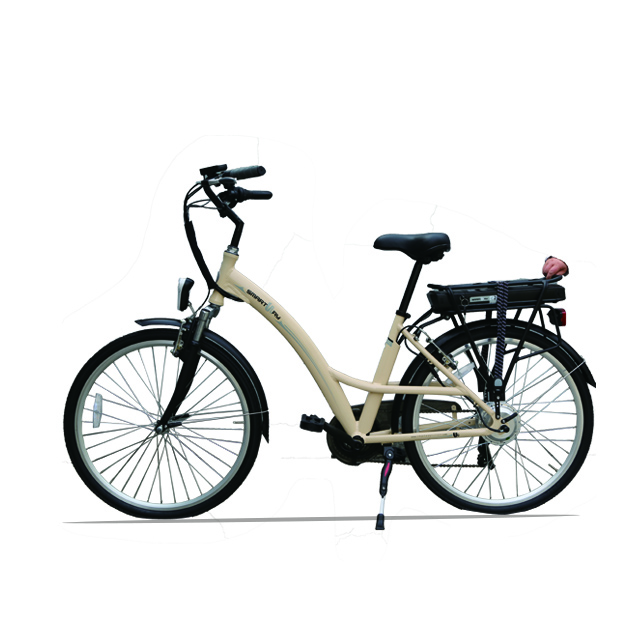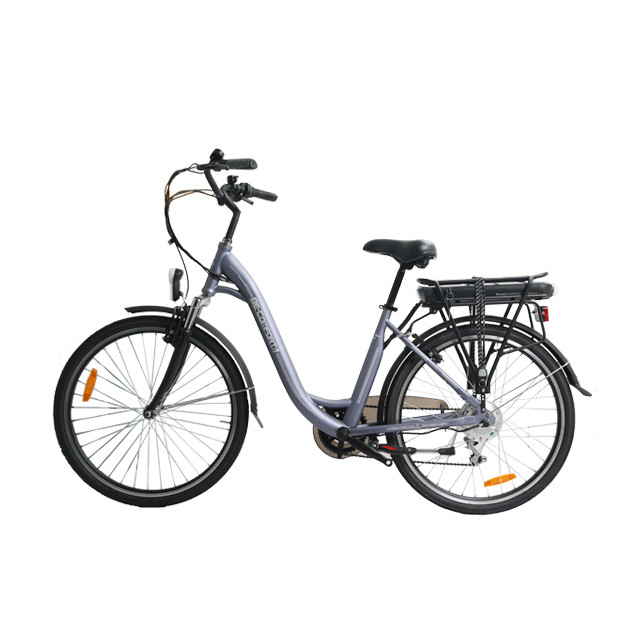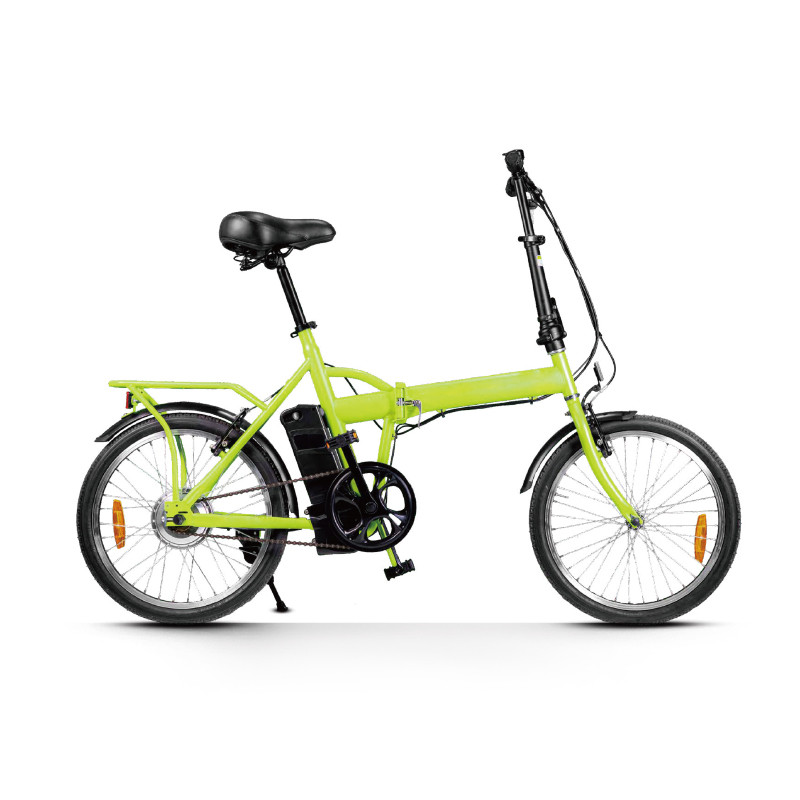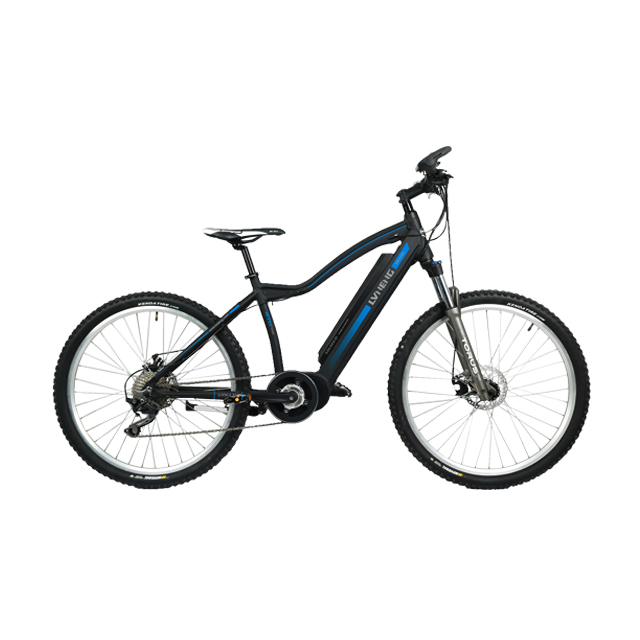-
414 Block B, ZT Times Plaza, Wuhan, Hubei, China
Blog
Are Import Tariffs Affecting E-Scooter Pricing?
Summary
The impact of import tariffs on e-scooter pricing has emerged as a significant topic in the context of the rapidly growing electric scooter market. As electric scooters gain popularity, particularly among urban millennials and lower-income households due to their eco-friendliness and affordability, tariffs imposed on imports—especially from Asia-have introduced new challenges for manufacturers and consumers alike.
The tariffs, which are primarily aimed at protecting domestic industries, have led to notable price increases for mid-to-high-end e-scooters, anticipated to rise by $150 to $300 as early as May 2025. This shift is raising concerns about accessibility and market growth, especially for lower-income consumers who may be disproportionately affected by higher prices.
The economic implications of these tariffs are multifaceted. As costs rise, consumers face not only higher prices but also a reduced selection of available products in the e-scooter market, potentially limiting the adoption of sustainable transportation solutions in urban areas. Additionally, businesses are adjusting their pricing strategies in response to the new cost structures, which may necessitate reevaluating their product offerings to cater to diverse consumer demographics and maintain competitiveness amidst these changes.
Moreover, the long-term effects of these tariffs may reshape the electric scooter market, compelling companies to explore alternative sourcing strategies or innovate in order to offset rising costs. As manufacturers navigate these economic pressures, the dynamics of pricing and product availability will continue to evolve, underscoring the need for stakeholders to adapt to the complexities introduced by tariffs in the e-scooter industry.
In this context, understanding the interplay between tariffs, consumer behavior, and market competition becomes essential for stakeholders aiming to navigate the challenges and opportunities within the e-scooter landscape. The ongoing developments signal a critical juncture for both manufacturers and consumers as they grapple with the broader implications of these import policies on the future of urban mobility.
Background
The electric scooter market is currently experiencing significant growth, driven by advancements in technology and changing consumer preferences. With a dominant share of over 60%, the personal use segment of electric scooters has emerged as a crucial factor in this growth, appealing particularly to millennials and low to middle-income groups due to their eco-friendliness, affordability, and low maintenance costs.
Innovations in battery technology, such as the use of lighter and more efficient lithium-ion batteries, have greatly enhanced the operational range of electric scooters, addressing consumer concerns related to range anxiety. Furthermore, the integration of smart technology features like GPS tracking and anti-theft systems has improved user convenience and safety, leading to a more favorable consumer reception.
Manufacturers are also engaging in product launches and merger and acquisition (M&A) activities to maintain a competitive edge in the market. This strategy includes the incorporation of connected vehicle technologies and the establishment of private charging stations, which are expected to further drive consumer adoption of electric scooters. Additionally, the shift towards e-commerce for purchasing e-scooters reflects changing consumer behavior, with buyers valuing the convenience of online shopping and the ability to compare models and prices easily.
The ongoing evolution of materials used in scooter manufacturing, such as carbon fiber and aluminum alloys, contributes to improved performance and user experience, while advancements in suspension systems enhance ride comfort. These trends indicate a robust demand for electric scooters, but they also raise questions regarding the impact of external factors such as import tariffs on pricing structures within the market. As cities increasingly adopt micromobility solutions, shared electric scooter services are gaining traction, further illustrating the diverse range of users attracted to this mode of transportation.

Impact of Import Tariffs on E-Scooter Pricing
The introduction of import tariffs has significantly influenced the pricing dynamics within the electric scooter market. Tariffs imposed by the U.S. on electric scooters imported from Asia have resulted in increased production costs for local sellers reliant on these supply chains. Consequently, many retailers are preparing for a price hike, with reports indicating that price increases ranging from $150 to $300 for mid-to-high-end e-scooters are anticipated starting May 1, 2025. This surge in costs can be attributed to the increased expenses associated with importing these vehicles, leading businesses to adjust retail prices to maintain their profit margins.
Economic Implications for Consumers
The economic repercussions of these tariffs are multifaceted. As import costs rise, consumers may face higher prices and reduced choices in the e-scooter market, which could disproportionately impact lower-income households that allocate a larger portion of their budget to essentials. The higher prices resulting from tariffs could limit accessibility to electric scooters, thereby hindering the potential growth of sustainable transportation options in urban areas.
Market Adjustments
Businesses have begun to adapt to these changes by front-running inventories to mitigate the initial impact of tariffs. However, as older inventory depletes, subsequent shipments will likely come at a higher cost, leading to further price adjustments for consumers. This shift reflects a broader trend in consumer behavior, where price sensitivity has become more pronounced, especially among middle- and lower-income households. As a result, companies may need to reevaluate their pricing strategies and product offerings to cater to varying consumer demographics, ensuring that they remain competitive amidst fluctuating costs.
Long-Term Effects
The long-term implications of these tariffs could lead to a reconfiguration of the market landscape, where both premium and entry-level segments of the e-scooter industry adjust their pricing structures in response to ongoing economic pressures. Companies might also explore alternative sourcing strategies or product innovations to offset the increased costs associated with tariffs. Understanding these market dynamics is essential for stakeholders aiming to navigate the complexities introduced by import tariffs in the e-scooter market.

Factors Influencing E-Scooter Pricing
The pricing of e-scooters is influenced by a multitude of factors, including consumer behavior shifts, tariffs, supply chain dynamics, and market competition.
Consumer Buying Behavior
Recent trends indicate a notable change in consumer preferences, with an increasing inclination towards sharing systems rather than ownership of e-scooters. This shift has encouraged the proliferation of e-scooter sharing services, which often offer competitive pricing, making it more appealing for users to opt for rentals over purchases.
Tariffs and Import Costs
The implementation of tariffs significantly affects e-scooter pricing. Following the early 2025 surge in tariffs, many mid-to-high-end e-scooters experienced retail price increases ranging from $150 to $300. Such tariffs represent a substantial adjustment in the cost structures for imported electric scooters, as they increase the overall price consumers must pay. These tariffs are also designed to protect domestic producers from unfair competition, particularly when foreign governments provide subsidies to their industries.
Supply Chain Dynamics
The complexities of the global supply chain also play a critical role in e-scooter pricing. Tariffs can disrupt the flow of goods and materials, leading to delays and increased operational costs for companies reliant on international supply chains. This scenario often results in longer lead times and inventory shortages, which can further drive up prices as businesses seek to mitigate these challenges.
Market Competition
The competitive landscape among manufacturers is another key factor in determining e-scooter prices. Companies like Xiaomi, Yadea, and NIU are adapting to market demands by innovating and expanding their offerings. Their strategic positioning allows them to remain competitive, potentially stabilizing prices despite rising costs from tariffs and supply chain disruptions.
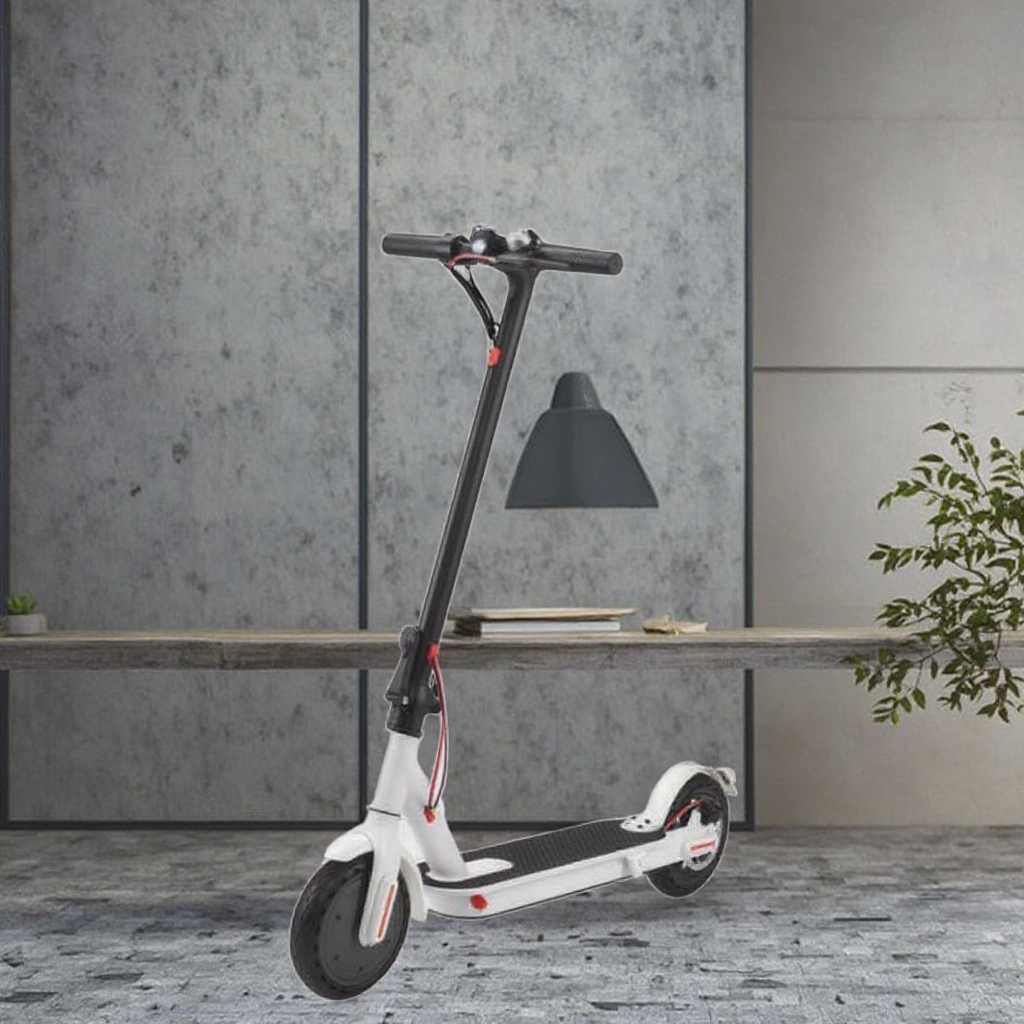
Regional Variations in Tariff Impact
The implementation of tariffs on imported goods, including e-scooters, has resulted in varied effects across different regions, heavily influenced by local economic structures, trade agreements, and manufacturing capacities.
North America
In the United States, tariffs imposed during the Trump administration significantly altered the landscape for e-scooter imports. For instance, additional tariffs of 15% on European imports, along with higher tariffs on goods from countries like Vietnam and Cambodia, have raised the overall costs of e-scooters for American consumers. This has made it challenging for U.S. businesses that rely on affordable imports to remain competitive while also meeting domestic demand. As a result, U.S. consumers may experience higher prices on e-scooters, directly affecting sales and market growth in the region.
Europe
In Europe, the newly established 15% tariff on imports from the U.S. has introduced a complex dynamic. While it may provide some relief to European manufacturers by reducing competition from cheaper imports, it simultaneously raises prices for consumers and could hinder overall market growth. The tariff framework also allows for adjustments based on specific goods, indicating a flexible yet uncertain trading environment that may impact future product pricing and availability in Europe.
Asia-Pacific
Conversely, the Asia-Pacific region, particularly China, Taiwan, and Japan, has benefitted from its established manufacturing capabilities in the e-scooter market. China, being the leading producer and exporter, holds a significant market share, accounting for over 74.85% of the global revenue as of 2022. The region’s dominance in electric scooter manufacturing mitigates the impact of international tariffs, allowing local companies to maintain competitive pricing and continue innovation. The growing demand for clean energy transportation further supports the expansion of the e-scooter market in this region, despite potential tariff challenges on exports to other markets.
Policy Considerations
The implementation of import tariffs has significant implications for the pricing and availability of electric scooters in the United States. As tariffs increase, manufacturers are faced with higher production costs, which are often passed on to consumers in the form of elevated prices for renting or purchasing these devices. The reliance of many e-scooter companies, such as Lime, Bird, and Spin, on Chinese components and assembly means that any rise in tariffs directly impacts their operational expenses and pricing strategies.
Government Incentives and Local Production
To mitigate the effects of import tariffs, government incentives such as subsidies and tax credits are being considered to support domestic manufacturing. By investing in local production facilities, manufacturers can reduce their dependency on imported components and potentially offset the initial costs associated with such investments. This shift towards local production could not only alleviate some pricing pressures caused by tariffs but also enhance national economic resilience.
Tariff Policy Dynamics
The complexities of tariff policies further complicate the situation for e-scooter pricing. Various overlapping tariffs—including Section 301 tariffs aimed at addressing China’s trade practices and Section 232 tariffs related to national security-create a multi-faceted regulatory environment that manufacturers must navigate. Policymakers must balance the potential benefits of these tariffs, such as protecting domestic industries, against the drawbacks, which include higher prices for consumers and potential reductions in market growth.
Consumer Impact and Market Dynamics
As production costs rise due to tariffs, the e-scooter market may experience a decline in accessibility and affordability for consumers. An increase in prices could deter potential riders, leading to a contraction in market growth opportunities for service providers. Additionally, the pressure to adjust prices or find alternative supply chains may incentivize companies to explore manufacturing options outside of China, further influencing market dynamics and consumer choices.
Ultimately, careful management of tariff policies and the provision of supportive measures for local production will be crucial in shaping the future landscape of the e–scooter market in the U.S. and ensuring that it remains an accessible and viable transportation option for urban residents.





